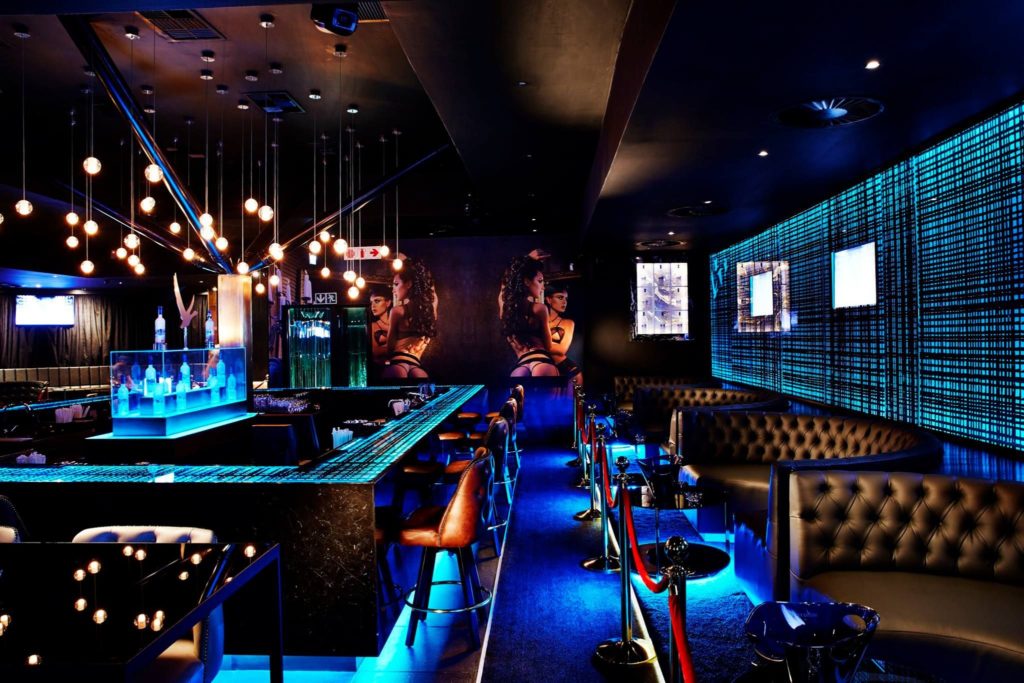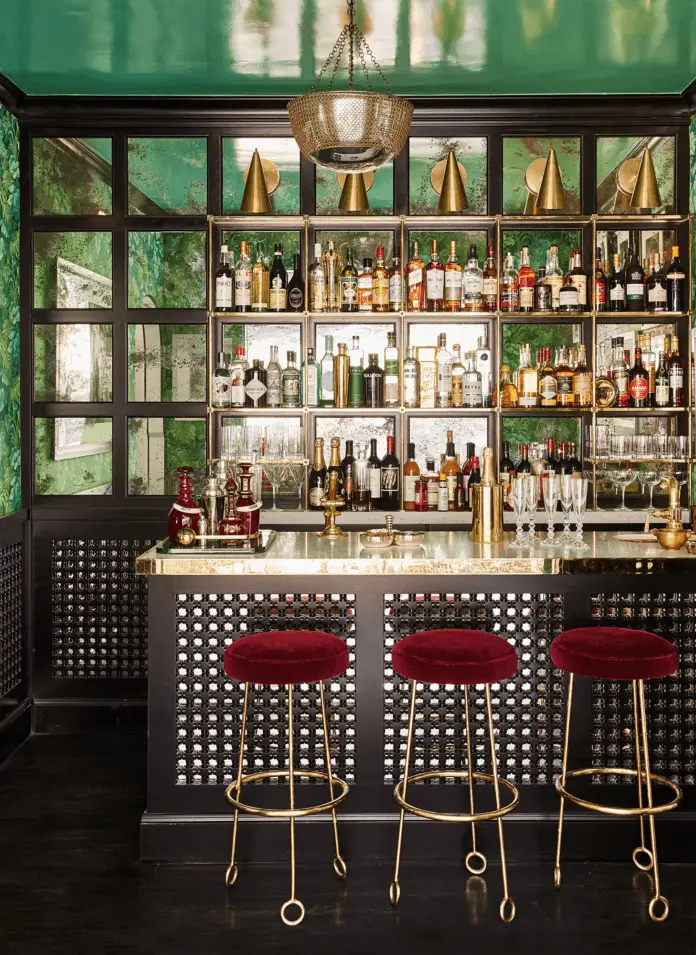
Different Types of Bar In Hotel Industry
When it comes to the hotel industry, one of the most important aspects is the types of bars available. Bars serve alcoholic beverages and the range of bars available is almost infinite. From a bar serving alcohol in a resort’s garden to a bar in a corporate office filled with poker machines, the possibilities are endless. However, starting any type of bar requires a significant amount of knowledge about both alcoholic and non-alcoholic beverages. In this article, we will provide a comprehensive guide to the different types of bars in the hotel industry, including their designs and names.
There are many types of bar, known by different names but all are used to serve alcoholic beverages. The possible range is nearly infinite.
There could possibly be bars serving alcohol at a resort’s garden, by the pool even in the a room an area fully filled with poker machines in a corporate office or at some sports event, or within a licensed café and so forth.
These different types of bar with an exiting concept is interesting however starting any type of bar needs lots of knowledge about alcoholic and non alcoholic beverages.
Starting and running different types of bar is very competitive you need to stand out from your competitors and also It should align with your professional interests.
For anyone who wants to know little more about types of bar here we have compiled for you the most common types of bar you usually come across.
However the most common name for different types of bar are:
1. Public or front bars

The least expensive and fundamental type of bar (or pub ) is generally referred to as the public bar or front bar.
Lounge or saloon bars — All these types of bars are more comfortably furnished (and much more
Expensive) compared to a public types of bar
2. Foyer bars
Superior residential hotels often serve drinks in the foyer. There is usually table service of drinks available even if there is no bar as such in the hotel’s foyer.
3. Cocktail bars
– Cocktail bars, found most commonly in international hotels, are the most luxuriously furnished and lavishly equipped. As the name implies, These types of bar specialize in mixed drinks and Different types of cocktails, and therefore bartenders working in them need special cocktail-mixing skills. They sometimes open only in the evening and they usually offer tray service as well as bar service.
4. Club Bars
Club bars, these types of bar in hotel and some taverns, are suitable for use by clubs or special interest groups and are sometimes reserved for their meetings. Do not confuse a hotel’s ‘club bar’ with the bars in registered clubs which are a different matter altogether. A big club often has several bars, for example, a members’ bar (with or without poker machines), or ‘sportsman’s
bar’ with pool tables.
5. Nightclub bars

– Nightclub bars are found in nightclubs and discos. They serve cocktails and mixed drinks as well as a range of beers, both local and imported. Often they offer both tray and bar service, and they are open until the early hours of the morning.
6. Dispense bars
– another type of bar is called the dispense bar. It is a bar which is used for the preparation of the drinks for staff who then delivers them to customers elsewhere, for example at table in a restaurant. It is likely to be less lavishly equipped than a full scale public or cocktail bar. In many hotels, of course, there is no need for a dispense bar as drinks can easily be served to the eating areas from the ordinary (fully-equipped) bar.
7. Wine bars
Wine bars offer a wide classification of wines, some of which are available by the glass. Usually a limited range of beers and spirits will be available also. Often a wine bar will be combined with a smart casual restaurant. Wine bar staff must, of course, be well informed about wine.
8. Minibars
Minibars are type of bar found in hotel bedrooms where a range of miniature bottles of spirits, half bottles of wine, a few beers, mixers, nuts etc. are available for the guests’ convenience. Items taken for the minibar must be added to the guests’ accounts to be paid for when they check out.
9. Banquet bar
This is a temporary setup in the banquet halls to serve alcoholic drinks during a specific function. The type and quality of drinks to be served are generally pre-determined at the time of booking the function. The drinks may either be bought by those who wish to drink or paid by the host for all the drinks consumed by his/her guests during the function. The banquet bar collects the required stock either from the main bar or the cellar. Sometimes, the guest would bring their own liquor bottles in which case ‘corkage’ charges are levied.
10. Bottle shops
The bottle shop attached to a hotel is, of course, not really a bar, because customers do not drink there. However, hotel bar attendants are frequently called upon to serve at the bottle shop as well as in bars.
Design of different types of bar in hotel
The design of the different types of bar in hotel is controlled by laws of various kinds, mostly intended to ensure hygiene and safety. Apart from the need to keep within the law, good bar design is important for the efficient running of the bar in hotel.
Bars vary enormously and the design of the bar is not something over which the average bar attendant can expect to have any control. The ideal bar will rarely be found except in newly-renovated hotels.
In an ideal situation there will be a separate work station for each bar attendant. Each of these work stations should have enough, but not too much, space and all the equipment you are likely to need. Each work station should be plentifully supplied with running hot and cold water. It should have an ice trough (with a hole so that melted ice can drainaway), a wash-up sink and drainage area, sufficient space for glasses and equipment and a container for empty bottles.
There should be a firm working surface below the level of the bar counter for preparing drinks and garnishes. Many pieces of bar equipment, like cash registers and blenders, require electricity. Electric plugs should be above the working surface but well away
from water.
The standard drinks and glasses should be within easy reach. Ideally it should not be necessary for you often to have to go behind your colleagues to get some drink or piece of equipment. To serve the most common drinks it should not be necessary to have to turn your back on your customers.
Every work station cannot be ideal and bar attendants at more than one work station
may have to share equipment. However, a fundamental of satisfactory bar design is that bar tenders should have to cross each other’s paths to reach shared facilities such as glass washing machines. If their paths cross, collisions will occur.
If your work station is not ideal you must, of course, make the best of what you have. It may be that some re-organisation can improve its efficiency. If you have the significant ideas for re-arranging things, get your proposals approved by your supervisor before putting them into action. What suits you may not suit others using the same work station.


Thank you for your sharing. I am worried that I lack creative ideas. It is your article that makes me full of hope. Thank you. But, I have a question, can you help me?
mexican pharmaceuticals online: mexico pharmacy – mexican online pharmacies prescription drugs